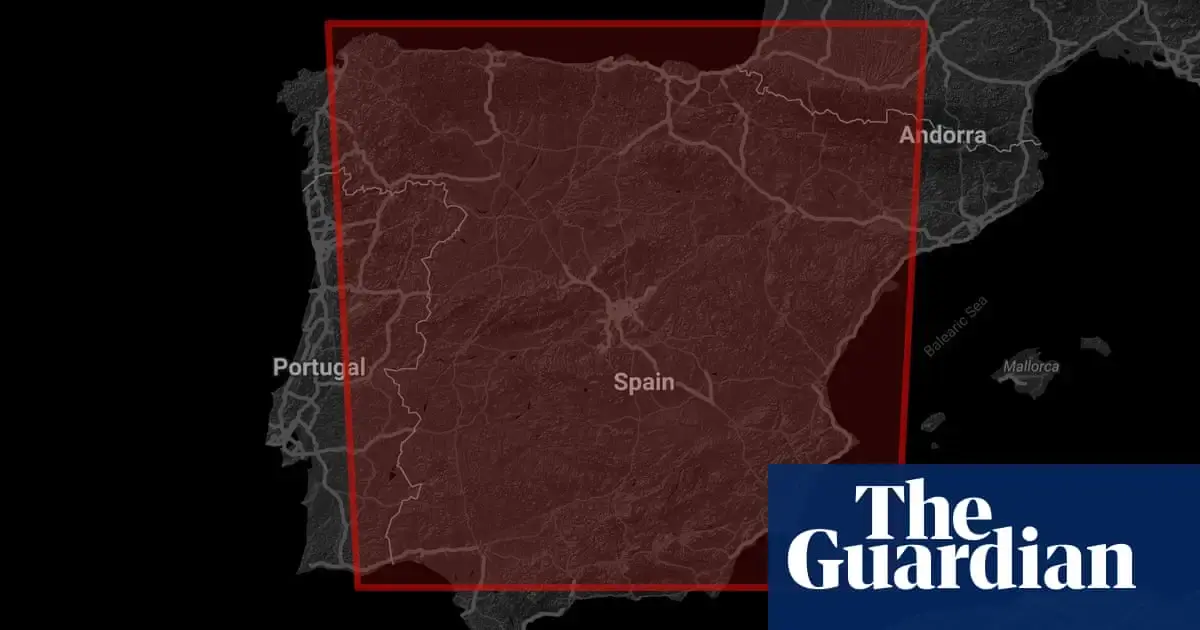🤖 I’m a bot that provides automatic summaries for articles:
Click here to see the summary
Experts say the massive fires are primarily due to a higher-than-average fuel load built up over the recent wet La Niña years, with an invasive grass species also contributing to more intense burns.
According to estimates of fire area based on satellite hotspot detection, more than 610,000 sq km have burned in 2023 across northern Australia.
He says the scale of fires this year has been astounding, in large part due to the cyclical El Niño-La Niña weather cycles, where heavy rain in La Niña years results in increased growth of vegetation which then increases the fuel load for subsequent fires as the plants dry out.
Fisher says that prior to the current fires, Indigenous rangers conducted management burns across 23,000 sq km in an unprecedented collaborative effort.
Originally introduced as pasture for grazing and to reduce erosion, buffel grass has spread widely across central and northern Australia over the past 30 years, and poses large risks to biodiversity in these regions.
On Wednesday, nearly 40 organisations from across central Australia called on the NT government to declare the grass a weed and acknowledge the devastating effects it has on landscapes, the economy, health and culture.
Saved 77% of original text.
Damn, how often are there fires in Australia? I feel like this was a major news story just a few years ago




